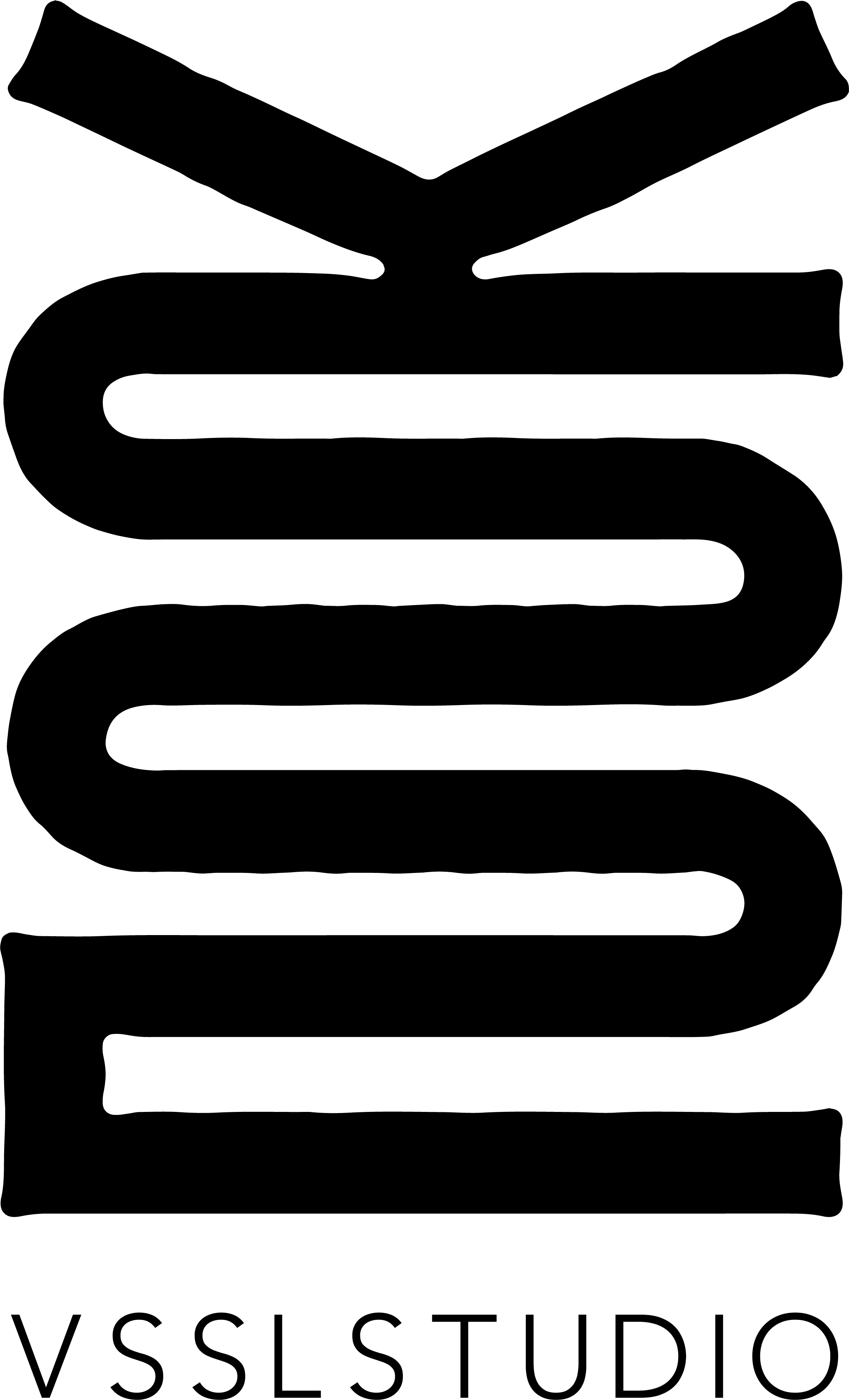The Liberating Power of the Cut
Donna Marcus Duke
“He who cuts the net of imaginative fabrications, by seeing the reality of the profound as it is.
—Tsong kha pa”
—Tsong kha pa”
1.
A beautiful youth sits cross legged upon a cloud. He is encircled by a disc of rainbows and ornate lotus flowers. His left hand is placed at his heart between two scars above his ribs; his right hand holds a flaming blade above his head. This is his vajra sword — a weapon made of diamond and
thunder, indestructible and all powerful — a tool of wisdom that slices through the fetters of ignorance and delusion. He is the bodhisattva Mañjuśri, and he knows the liberating power of the cut.
2.
Mañjuśri lies on his front with a plethora of National Geographic magazines splayed out before him upon the swirl of his clouds. Glossy pages open at spreads of ethnographic images of East and South East Asian bodies. He sings along to Anohni playing from his laptop in the background:
Ooh, you, you be free
You be free for me
For me
You (you) be free for me
Being a bodhisattva, Mañjuśri is committed to liberating all beings from the ties of this world, and being the bodhisattva of wisdom, he knows the violent binding powers of images. Photos, taken by another with objectifying intentions, tie the body to a moment in time and space. This act of documenting, and subsequent cataloguing, makes the body and its image merely an object of knowledge, a vessel of information for the colonial eye. Mañjuśri knows these bodies and their images have a greater capacity for knowledge, holding in them a capacious history of ancestral wisdom, knowledge acquired not through seeing but through venerating, a knowledge that can only be achieved through the cut.
3.
Below, trans theorist Eva Hayward sits on a pier looking into the sea. Amongst the pufferfish and conch shells, she sees a starfish. Anohni plays from the sky. Eva sings along:
I’m changing like the seasons
Watch! I’ll even cut off my finger
It will grow back like a Starfish!
It will grow back like a Starfish!
It will grow back like a Starfish!
Though none bodhisattvas (yet), Hayward, Anohni and the starfish know the liberating power of the cut. For them all, cutting is a form of trans-embodiment, an attempt at recasting oneself, a way to arrive at a new, fortified way of being in the world. To cut off the finger is not to amputate or castrate, but to produce conditions for regrowth. The cut is possibility. The cut is liberation. The cut is not so much an opening of the body, but a generative effort to pull the body back through itself in order to feel mending, to feel the growth of new margins.
Might cutting the page, being the body of the image, produce conditions for regrowing new worlds? Might cutting the page offer respite and refuge, where colonised bodies might mend?
Might cutting the page offer a homecoming, when your home has been taken and tainted?
4.
Mañjuśri wields his sword and gently carves out the captured bodies from their capsules. As he cuts through the pages, he slices holes in time, through which the hands of ancestors might reach through and feel the breeze of his Pure Land, a world where they are not forgotten as objects but honoured and revered anew. Hands, children, women, statues rise from the pages of National Geographic and join Mañjuśri in the sky, unfettered by the ignorance that once entangled them to their captured worlds. Liberated from the hidden depths of old ethnographies, this is a world where ancestors might find rest, and where their descendants might now find them.
Rest like the soul of a diamond
Rest like a woman in a field of wheat
Rest and she'll come home to you
She'll come home to you
5.
As these newly imagined worlds are made with Mañjuśri’s cuts, an unseen parallel trail of gaps are left behind, holes in the pages of where these bodies once sat. These vacuums, these pockets of emptiness, are markers of escape from the constricting fabrications of a hegemonic world. Mañjuśri, like Hayward and Anohni, the queers and the trans, knows the liberating potential of these gaps. Cutting, for them all, is an act of space making. Though it might not destroy the constricting systems of a violent world, it might cut a hole through which we might slip and find refuge, through which we might make new worlds on our own accord, through which we might reach back to hold the hands of ancestors. In this making of image through absence lies a liberating power of the cut.
References:
Anohni and the Johnsons:
‘Cripple and the Starfish’, 2000
‘Rest’, 2023
‘You Be Free’, 2023
Eva Hayward, More Lessons From The Starfish, 2008
Tsong Khapa, The Ocean of Clouds of Praise of the Guru Mañiughoṣa, (trs. R. Thurman ), 1982
Mañjuśri (image pictured)
Anohni and the Johnsons:
‘Cripple and the Starfish’, 2000
‘Rest’, 2023
‘You Be Free’, 2023
Eva Hayward, More Lessons From The Starfish, 2008
Tsong Khapa, The Ocean of Clouds of Praise of the Guru Mañiughoṣa, (trs. R. Thurman ), 1982
Mañjuśri (image pictured)
-> Read more about the complete FACET programme HERE
about | programme | artists | space hire | archive | contact
VSSL studio, Unit 8, 50 Resolution Way. Deptford, London, UK. SE8 4AL
Contact: info@vssl-studio.org - Join our mailing list & follow our Instagram, Linkedin & Facebook.
VSSL studio logo design by Ben Normanton.
